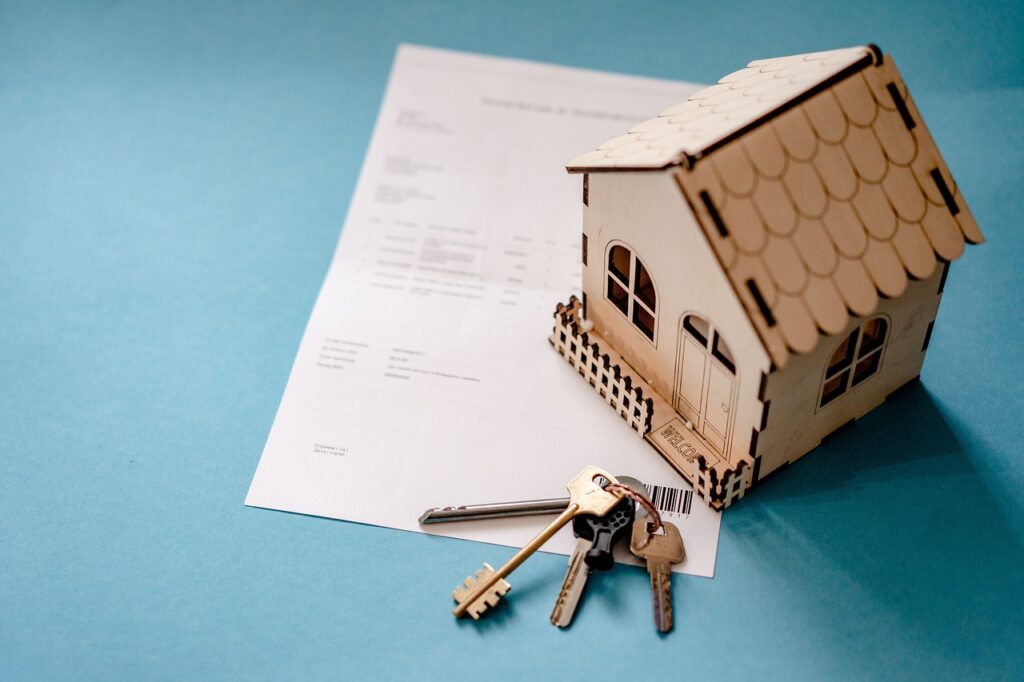Owning a home is a significant investment, and protecting that investment is crucial. Home insurance provides a safety net against unexpected events, offering financial security when disaster strikes. But navigating the world of home insurance can feel overwhelming. This article breaks down the essentials, helping you understand how to protect your property and make informed decisions.

What is Home Insurance?
Home insurance, also known as homeowners insurance, is a contract between you and an insurance company. In exchange for regular payments (premiums), the insurer agrees to cover financial losses if your home or belongings are damaged or destroyed by covered perils.
Key Coverage Areas:
Most standard home insurance policies include these core coverage areas:
- Dwelling Coverage: This covers the cost to rebuild or repair the physical structure of your home if it’s damaged by a covered peril like fire, windstorms, hail, or lightning. The amount of dwelling coverage you need should generally reflect the cost to rebuild your home, not its market value.
- Personal Property Coverage: This protects your belongings, such as furniture, electronics, clothing, and appliances, from covered perils. Typically, this coverage is a percentage of your dwelling coverage.
- Liability Coverage: This protects you if someone is injured on your property or if you accidentally damage someone else’s property. It covers legal costs and medical expenses up to your policy’s limits.
- Additional Living Expenses (ALE): If your home becomes uninhabitable due to a covered peril, ALE coverage pays for temporary living expenses, such as hotel stays, meals, and laundry.
Understanding Covered Perils:
Home insurance policies typically cover a range of perils, which are the specific causes of damage. Common covered perils include:
- Fire and lightning
- Windstorms and hail
- Explosions
- Theft
- Vandalism
- Damage from vehicles
- Damage from falling objects
- Weight of ice, snow, or sleet
- Water damage from plumbing or appliance malfunctions
What’s Typically NOT Covered:
It’s essential to understand what your policy doesn’t cover. Common exclusions include:
- Flooding: Flood insurance is typically a separate policy.
- Earthquakes: Earthquake insurance is also usually a separate policy.
- Wear and tear: Normal maintenance issues are not covered.
- Sewer backups: May require an additional rider.
- Damage from pests: Termites and rodents are typically not covered.
Choosing the Right Coverage:
Selecting the right home insurance policy involves several factors:
- Determine Your Coverage Needs: Calculate the cost to rebuild your home and assess the value of your personal belongings.
- Choose Your Coverage Limits: Ensure your coverage limits are adequate to replace your home and belongings.
- Understand Your Deductible: This is the amount you pay out of pocket before your insurance coverage kicks in. A higher deductible typically results in lower premiums.
- Consider Additional Riders: Depending on your needs, you may need additional riders for specific items like jewelry, art, or valuable collections. Also consider riders for sewer backup or increased coverage.
- Shop Around and Compare Quotes: Get quotes from multiple insurance companies to find the best coverage at the most competitive price.
- Review Your Policy Regularly: Your insurance needs may change over time, so review your policy annually to ensure it still meets your requirements.
Tips for Lowering Your Premiums:
- Increase your deductible.
- Bundle your home and auto insurance.
- Install security systems and smoke detectors.
- Maintain a good credit score.
- Make necessary home improvements to reduce risks.
Conclusion:
Home insurance is a vital component of homeownership. By understanding the different coverage areas, covered perils, and policy options, you can make informed decisions to protect your property and financial well-being. Don’t hesitate to consult with an insurance professional to ensure you have the right coverage for your specific needs.
